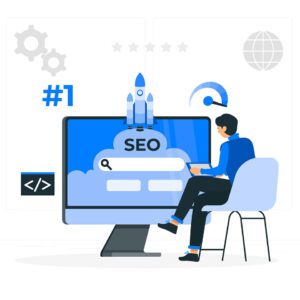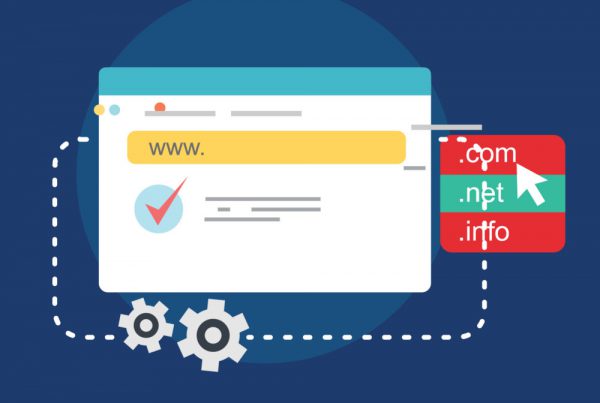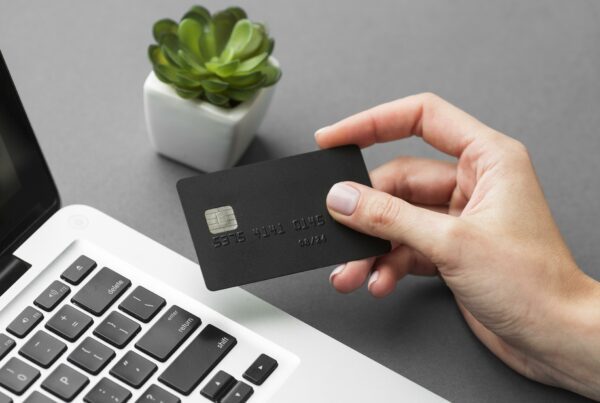Have you ever received an ad for a product utterly irrelevant to you? Perhaps you’re a single male who sees an advertisement for discount diapers or a young female who receives information on retirement homes.
That ad tells you, the customer, that the business didn’t do its research before generating leads with digital marketing.
However, other times there’s an ad that fits so precisely that you wonder if your phone is listening to your conversation. Maybe, you were talking about how a trip to the mountains sounds nice, and suddenly, you’re receiving ads for mountain escapes.
That second scenario has a higher conversion rate because the business running the ads uses more effective lead generation strategies to collect and target relevant customers for their ads.
In this blog, we cover specific lead terminology, the lead generation process, and the three digital lead generation strategies your business can use to attract quality leads with high conversion rates.

What Defines a Lead?
Leads are customers who give their information to a business. When a customer reaches the point of exchanging personal details with a brand, they’re usually at least somewhat interested in what the company has to offer.
Even though a lead may have some interest in the business, the extent of that interest varies greatly. Some leads may research product information, while others are ready to buy. If a company invested in every lead it collected, it would waste considerable resources on leads that won’t go anywhere.
Additionally, businesses should avoid purchasing leads because those contacts haven’t expressed any interest in your business specifically – which means most of those leads you cannot use.
Marketers qualify leads depending on how close they are to buying products. By attracting and categorizing first-party leads, marketers can offer more precise marketing materials to each lead they generate. For instance, a sales rep won’t give a lead a personal sales call until they’ve reached the end of the sales funnel.
3 Types of Leads
Marketers qualify the leads they generate into three categories:
- Information Qualified Lead: A business has a contact’s information (name, address, phone number, and email) but not much else. These leads are cold leads because they haven’t shown any direct interest yet.
- Marketing Qualified Lead: A lead expressed direct interest in a brand (Opened several marketing emails, purchased past products, matched the company’s ideal customer profile) and is ready for nurturing.
- Sales Qualified Lead: A lead expressed continued interest in a brand and now shows a buying intent. These leads are ready for the sales team to take over and convert them through a call or email.
Sometimes marketers divide sales qualified leads up further by defining how a lead expressed interest in buying:
- Product Qualified Lead: Leads who have used your products in free trials or through free samples.
- Service Qualified Lead: Customers who contact customer service about purchasing a product.
Lead Generation Process
Lead generation includes five stages:
- Discovery: A lead discovers your brand through an online search, ads, or email.
- Education: The brand tells the lead about their products, service, and industry to create interest, usually through blog posts, web pages, and social media posts.
- Convince: The brand ends the post by encouraging the reader to take further action, like downloading a digital item, signing up for a free trial, or joining a digital event.
- Collect: The reader follows through with the action and gives the business their information.
- Qualify: Before a company adds that lead’s information into their system, they should filter it to weed out people on the national Do Not Call registry. The filters can also weed out people who aren’t relevant leads, like contacts who visited a website to look for career information rather than product information. Qualifying leads also tells marketers which category the lead falls under.

3 Top Strategies to Generate Leads with Digital Marketing
How you generate or gather your leads determines how high quality your leads will be. You’ll want digital marketing lead generation that targets the leads most likely to become marketing or sales-qualified leads. However, lead generation is also marketers’ top challenge.
You can overcome that challenge using these three strategies for targeting and attracting the highest quality leads:
- SEO: Target relevant leads using niche keywords in web copy, like local search terms.
- Content: Use SEO blogs, social media, and websites to attract leads, then create a demand for your products and services through quality, educational content.
- Ads: Sponsor content on social media and searches to target a specific audience, like a location-based audience, so you attract higher quality and relevant leads. You can also retarget customers by having ads for products visitors looked at pop up elsewhere during that lead’s browsing experience.
Increase Your Conversions through Quality Lead Generation
Not all leads are the same, and neither should marketing strategies be. See your conversion rate skyrocket by customizing your lead generation strategy to attract more relevant leads with personalized marketing content.
Start the Conversation
Interested in learning more about how to increase sales by properly leveraging your website?



